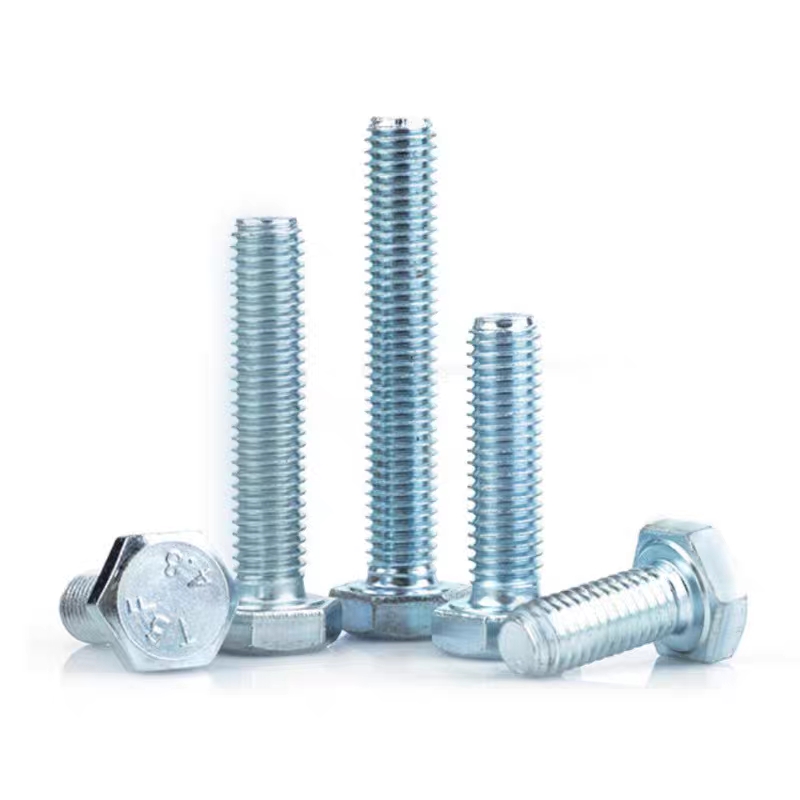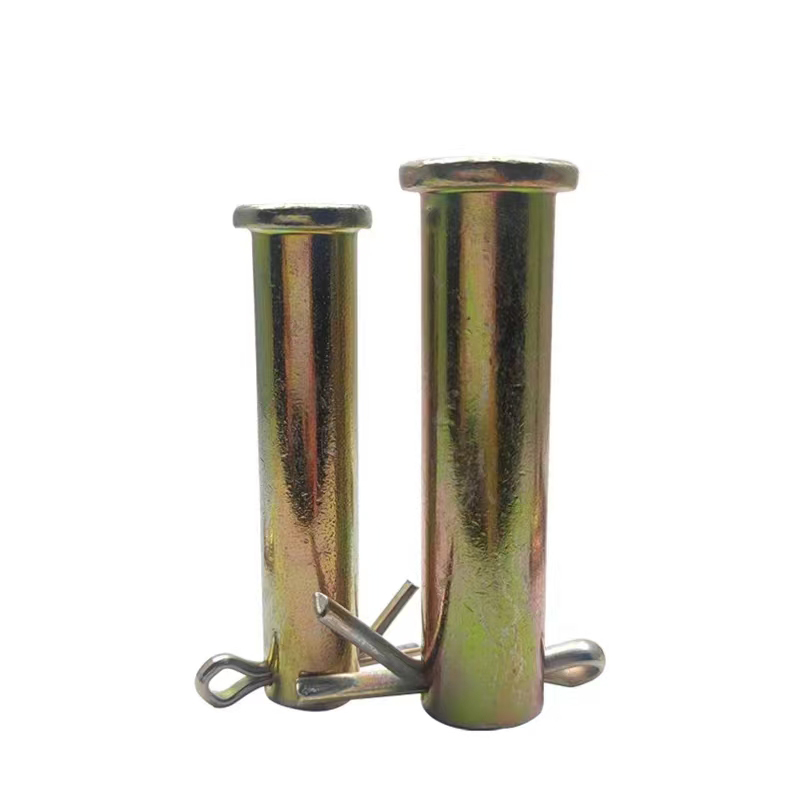- Chinese
- French
- German
- Portuguese
- Spanish
- Russian
- Japanese
- Korean
- Arabic
- Irish
- Greek
- Turkish
- Italian
- Danish
- Romanian
- Indonesian
- Czech
- Afrikaans
- Swedish
- Polish
- Basque
- Catalan
- Esperanto
- Hindi
- Lao
- Albanian
- Amharic
- Armenian
- Azerbaijani
- Belarusian
- Bengali
- Bosnian
- Bulgarian
- Cebuano
- Chichewa
- Corsican
- Croatian
- Dutch
- Estonian
- Filipino
- Finnish
- Frisian
- Galician
- Georgian
- Gujarati
- Haitian
- Hausa
- Hawaiian
- Hebrew
- Hmong
- Hungarian
- Icelandic
- Igbo
- Javanese
- Kannada
- Kazakh
- Khmer
- Kurdish
- Kyrgyz
- Latin
- Latvian
- Lithuanian
- Luxembou..
- Macedonian
- Malagasy
- Malay
- Malayalam
- Maltese
- Maori
- Marathi
- Mongolian
- Burmese
- Nepali
- Norwegian
- Pashto
- Persian
- Punjabi
- Serbian
- Sesotho
- Sinhala
- Slovak
- Slovenian
- Somali
- Samoan
- Scots Gaelic
- Shona
- Sindhi
- Sundanese
- Swahili
- Tajik
- Tamil
- Telugu
- Thai
- Ukrainian
- Urdu
- Uzbek
- Vietnamese
- Welsh
- Xhosa
- Yiddish
- Yoruba
- Zulu
- Kinyarwanda
- Tatar
- Oriya
- Turkmen
- Uyghur

high temp gasket maker
Understanding High Temp Gasket Makers: Insights from the Field
When it comes to sealing applications where heat is a concern, a high temp gasket maker becomes invaluable. But what exactly sets it apart from other gasket solutions? And why do so many DIY enthusiasts and professionals seem to have varying experiences with it? Let's delve into some nuances and perhaps clear up a few misconceptions along the way.
The Basics of High Temp Gasket Makers
At its core, a high temp gasket maker is designed to withstand extreme temperatures, often upwards of 500-600°F. Unlike traditional gaskets, these makers are generally silicone-based and provide a flexible seal that's resistant to both heat and pressure. However, their efficacy can depend on a few critical factors.
One common pitfall is improper application. You'd be surprised how often even experienced hands skip the vital step of ensuring surfaces are clean and dry before applying the material. Any remnant oil or residue can compromise adhesion and, consequently, sealing.
There's also the issue of curing time. Many assume that once applied, the sealant is ready to go. Not so fast. Depending on the product, it might require a 24-hour curing period before it's subjected to heat. Jumping the gun could lead to seal failure.
Real-World Applications: What Works and What Doesn't
Let’s talk specifics. There was a time when I used a high temp gasket maker on an engine manifold. Now, engine areas are particularly tricky given the constant thermal cycling. Initially, I skipped the step of roughening the surface, thinking the silicone would adhere regardless. Big mistake. A few heat cycles later, leaks appeared. Lesson learned: surface prep is non-negotiable.
Conversely, when properly applied to a stove's exhaust system, the results were impeccable. It’s about knowing your material limits and where to use them. Not all high temp situations are created equal, and some have chemical exposure considerations as well.
One high point is the availability of options. Brands vary, and some specialize in unique formulations that might better meet specific needs. I've heard good things about Permatex and Loctite, but your mileage may vary.
Challenges and Missteps
Even the most meticulous can run into hiccups. For example, air pockets during application can be a hidden foe, leading to weak spots. The best way to avoid this? Steady pressure and even application. A small spatula or applicator can make a world of difference in ensuring an even bead.
Another challenge is understanding chemical compatibility. A high temp gasket maker isn't a one-size-fits-all solution. Certain chemicals can break down silicone-based gaskets, making them unsuitable for specific environments.
There's also the human factor. Overconfidence sometimes leads to skipping steps like the manufacturer's guidelines, which usually provide a wealth of wisdom, if we’d just listen.
Choosing the Right Product: Factors to Consider
So, what should determine your choice of a high temp gasket maker? First is the temperature range. Always aim for a little headroom beyond your highest expected temperature. Don’t stretch the product to its limits unnecessarily.
Chemical resistance is another critical factor. If your application involves exposure to oils, coolants, or other chemicals, it’s worth investing in a product specifically formulated to withstand these conditions.
Finally, consider ease of use. Handan Zitai Fastener Manufacturing Co., Ltd. noted on their website, zitaifasteners.com, that accessibility to reliable materials can often determine project success, which brings us to the logistical aspect: good sourcing.
Conclusion: Experience Trumps Assumptions
The journey with high temp gasket makers, like any specialized tool or material, is about more than just the product. It's about knowing your environment, your application, and your material limits. Remember the basics: clean surfaces, correct curing, and proper application tech. If you're ever in doubt, reach out to professionals – even a fastener company like Handan Zitai Fastener Manufacturing Co., Ltd. might offer insights you hadn’t considered.
As always, with every successful sealing job, comes a sense of pride and the affirmation that experience truly is the best teacher in this trade.
Related products
Related products
Best selling products
Best selling products-
 Welding nails
Welding nails -
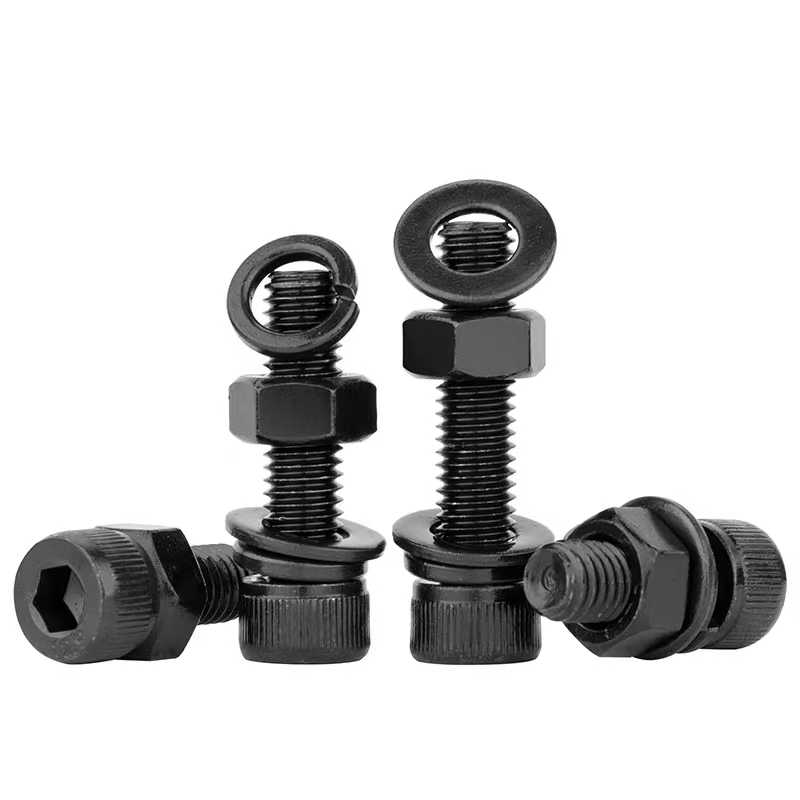 Hexagon socket black zinc-plated bolts
Hexagon socket black zinc-plated bolts -
 Hexagon socket electrogalvanized bolts
Hexagon socket electrogalvanized bolts -
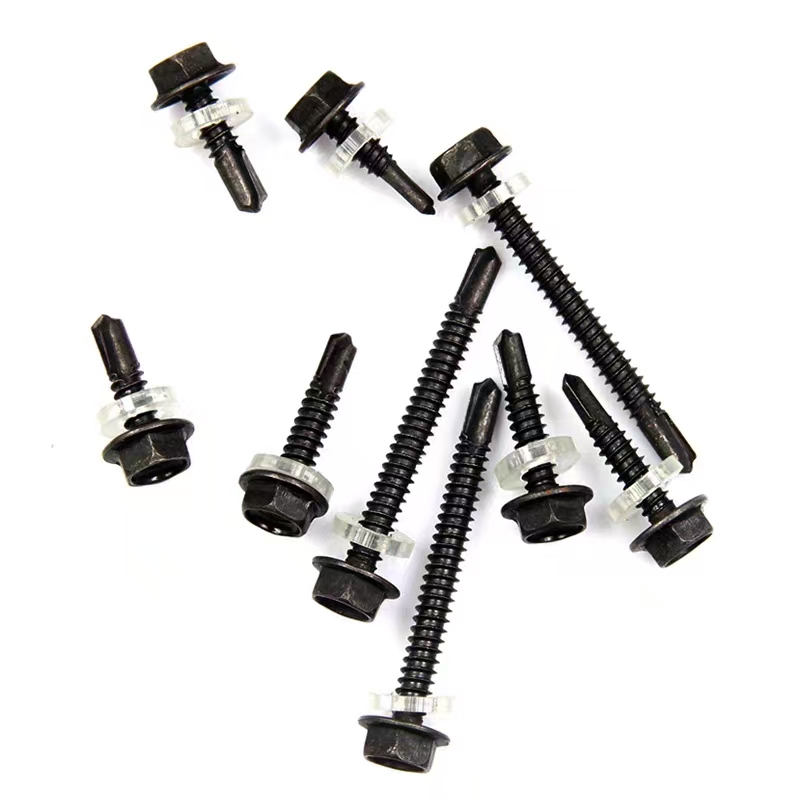 Black zinc-plated hexagonal drill tail wire
Black zinc-plated hexagonal drill tail wire -
 High-strength blackened nuts
High-strength blackened nuts -
 Black zinc flange bolts
Black zinc flange bolts -
 U-bolts
U-bolts -
 Hexagon socket hot-dip galvanized bolts
Hexagon socket hot-dip galvanized bolts -
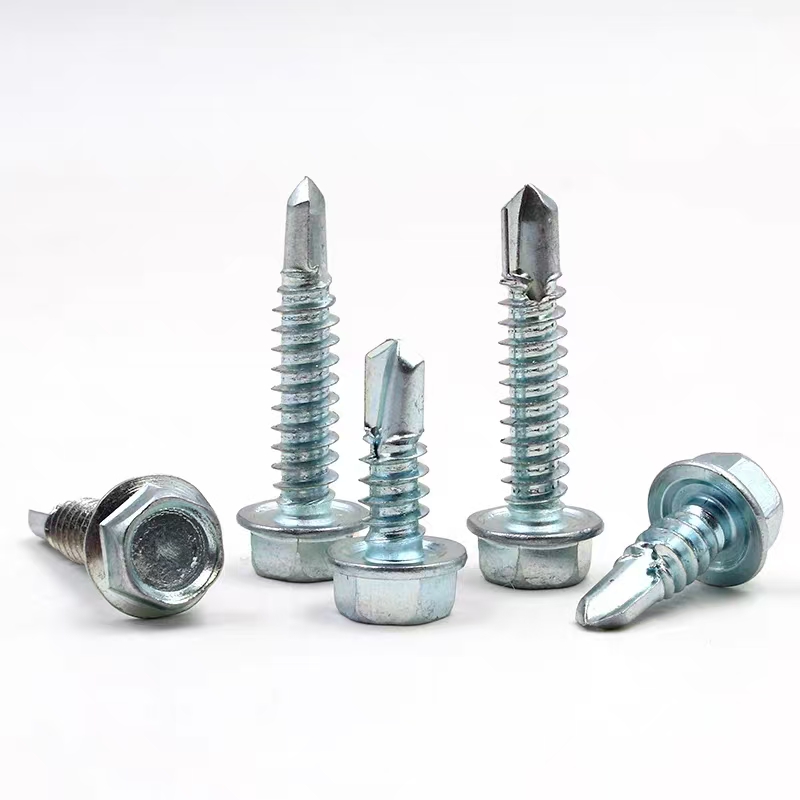 Electro-galvanized hexagonal drill thread
Electro-galvanized hexagonal drill thread -
 Colored zinc flange bolts
Colored zinc flange bolts -
 Anti-loosening nut (locking nut)
Anti-loosening nut (locking nut) -
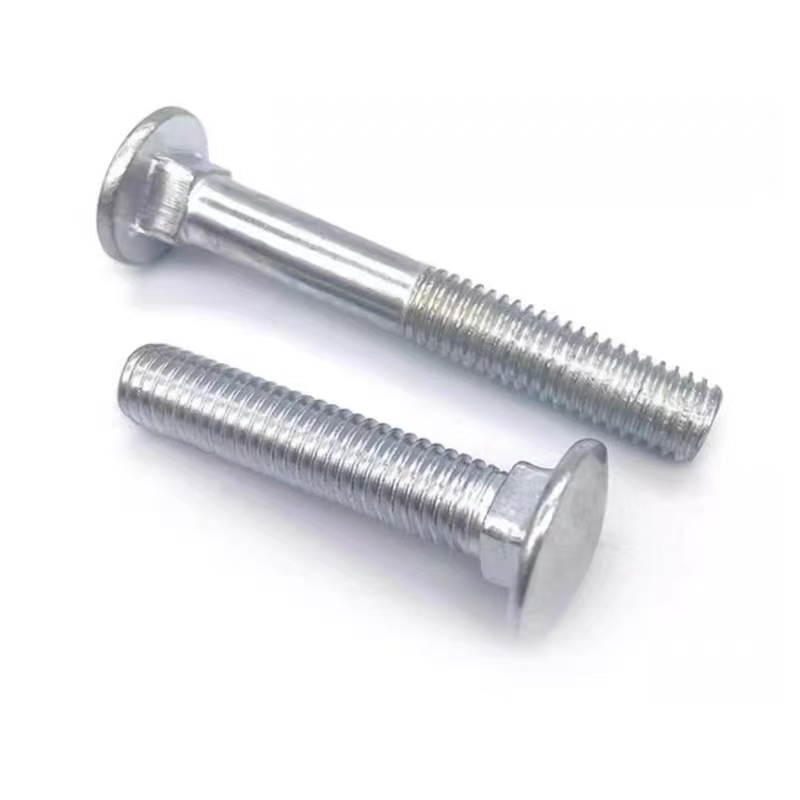 Carriage bolt (half-round head square neck bolt)
Carriage bolt (half-round head square neck bolt)




